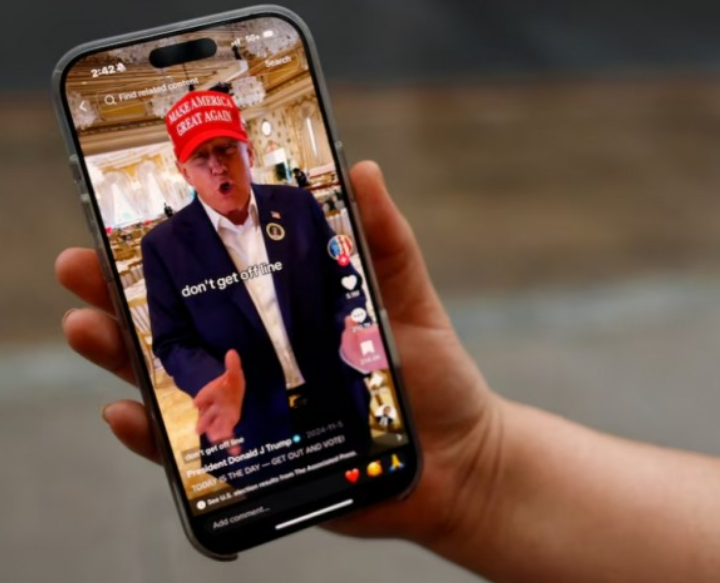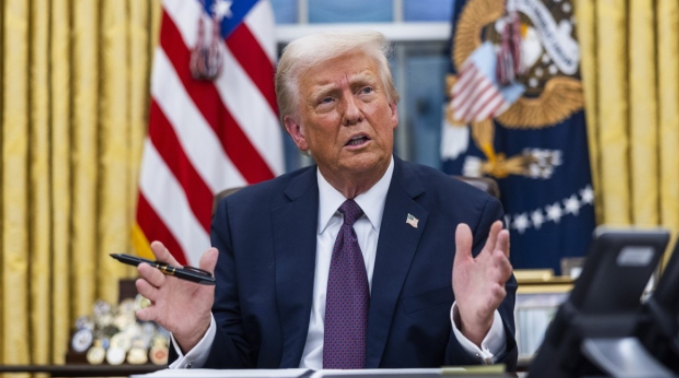
President Donald Trump, who took office as the 47th U.S. president on the 20th (local time), suspended the enforcement of the TikTok ban, a short Chinese video sharing platform, for 75 days.
It has put the brakes on the former Joe Biden administration’s push for a forced sale against TikTok.
President Trump renewed his proposal to create a joint venture between the U.S. corporation and TikTok parent ByteDance in China to make the U.S. company’s stake more than 50 percent, saying that if China does not approve the plan, it could impose tariffs on China.
President Trump ordered the Justice Minister not to do anything about TikTok for 75 days. By delaying the enforcement of the “TikTok Prohibition Act,” which restricts business in the U.S. unless TikTok’s business rights are sold to U.S. companies until the 19th, the government has secured time to come up with a solution.
After signing the related order at the White House, President Trump explained to reporters, “He gave me the right to sell it (TikTok) or terminate it (to sell it to an American company).”

The U.S. Congress enacted a ban in April last year, saying ByteDance could threaten national security by collecting large-scale personal information of Americans.
The main point was that if ByteDance does not sell its U.S. business rights to companies in the U.S., it will ban new TikTok downloads as of the 19th of this month.
According to the law, TikTok’s service in the United States was suspended as of the night of the 18th, but was partially restored after President Trump vowed to rescue TikTok on the 19th, the day before his inauguration.
President Trump, who tried to ban TikTok during his first term in office, actively used it for his campaign during the presidential election in November last year and turned against TikTok’s removal, saying, “Banning TikTok would anger young people.”
“Some of President Trump’s closest advisers will want to limit the size and scope of tariffs,” said an economist at Capital Economics, a British economic analyst, but predicted, “But President Trump is firm in protectionism and will eventually win internal discussions.” Meanwhile, U.S. Internet media Axios analyzed that President Trump only mentioned China once in his speech.
“China is running the Panama Canal,” Trump said. “We didn’t give it to China. We gave it to Panama. And we will get it back.”
This is one of the ‘America First’ policies he has foreshadowed since before taking office, and it references his threat to bring the right to operate the Panama Canal.
However, President Trump did not immediately detonate the “tariff bomb” he had warned of targeting China directly in his speech.
Although he reaffirmed his protectionist stance, no additional customs executive orders have yet been issued against Mexico, Canada and China since his victory in last year’s presidential election.
Experts who watched the speech diagnosed that President Trump may have turned to a practical approach against China in the second period, unlike the first.
Lu Zhou, CEO of Banquo, an investment company in New York, said, “It is certainly a soft tone toward China,” and predicted, “President Trump will take a more practical approach to China economically this time.”
Mark Malick, chief investment officer (CIO) of another investment firm Siebert, also said Trump appears to be in a “mild” position in China, adding, “Wall prices and bond markets will of course welcome it.”
JULIE KIM
US ASIA JOURNAL



